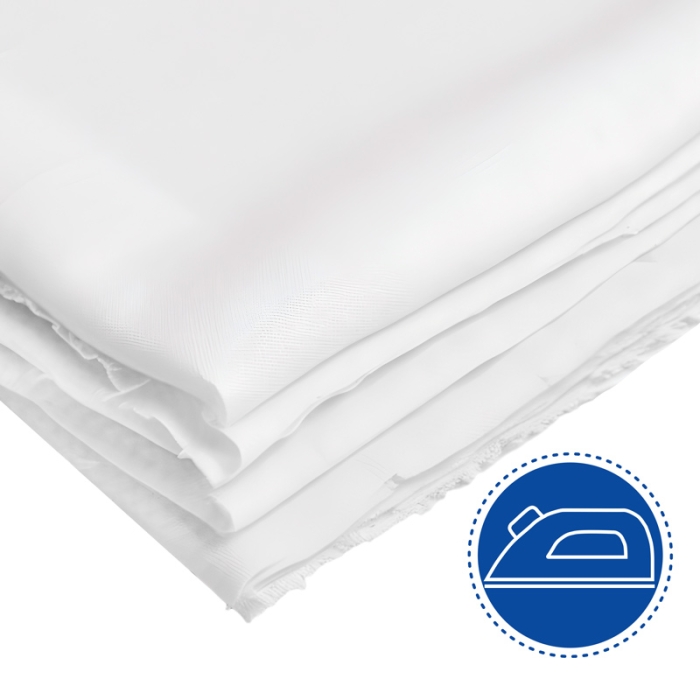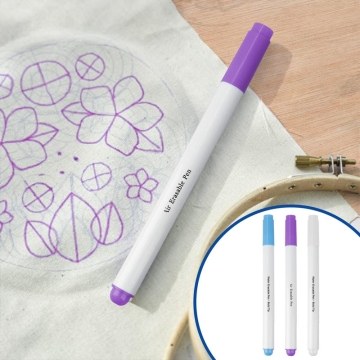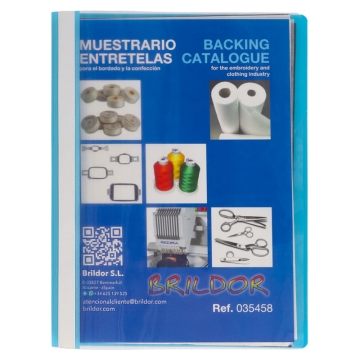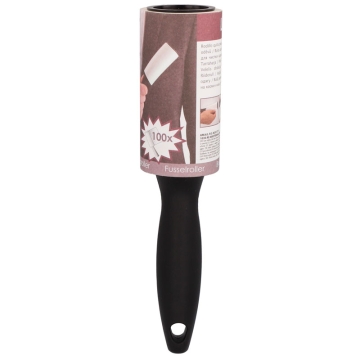
Woven Fusible Interfacing
Fusible interfacing, ideal for embroidery where water or tearing could damage the fabric.
- Fine muslin-like fabric, heat-sensitive
- Partially removed, disappears only where the iron makes direct contact
- Unit of sale: linear metre with a width of 150 cm

More information about the Woven Fusible Interfacing
INDEX
DESCRIPTION
- Heat-sensitive, can be removed by brushing after applying heat with an iron
- Provides stiffness in delicate embroidery and lace tulles
- Can be used on the front or back of the embroidery
- Does not produce fumes and is completely harmless
- Leaves a soft and pleasant finish to the touch without affecting the fabric's drape and without a stiff effect
- You will find the interfacing sample in Related Products
THINGS TO KEEP IN MIND
- After ironing, the interfacing turns brown. This does not affect the fabric's colour
- Available in bag format for small metre purchases
- Sold by the linear metre, not in separate fabric pieces
- Some embroidered designs may be completely incompatible with the fabric, it is advisable to conduct prior tests
TIPS AND ADVICE
- Interfacing residues can be removed by brushing or using an air gun
- Ideal for use on the reverse side of fabrics that should not come into contact with water, such as corduroy or velvet
- Recommended for use when the fabric is too delicate for tear-away or cut-away interfacing, or if the fabric cannot be washed, or if you are using a special embroidery technique, such as macramé
RELATED POSTS
Embroidery Interfacing: Types, Uses, and How to Choose the Right One
| Ref. | 952412 |
|---|
Reviews
Share your opinion
It will only take a minute, and your opinion can help other customers.
Sign in to submit your review
Write a review
Rating
Add photos of your product (optional)
Sending review...
Error
Review sent Thank you for your interest!
Questions
No questions found for this product.
Be the first to ask a question!
Ask a question
Please complete the CAPTCHA
Submitting your question...
Error
Question Submitted Thank you for your interest!



